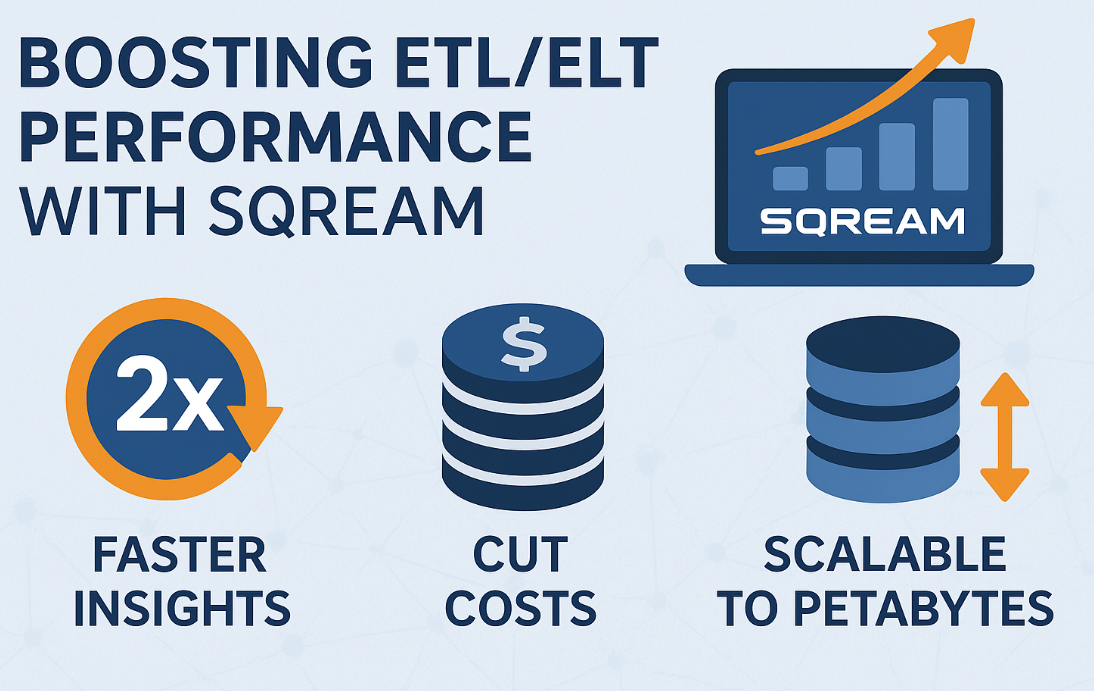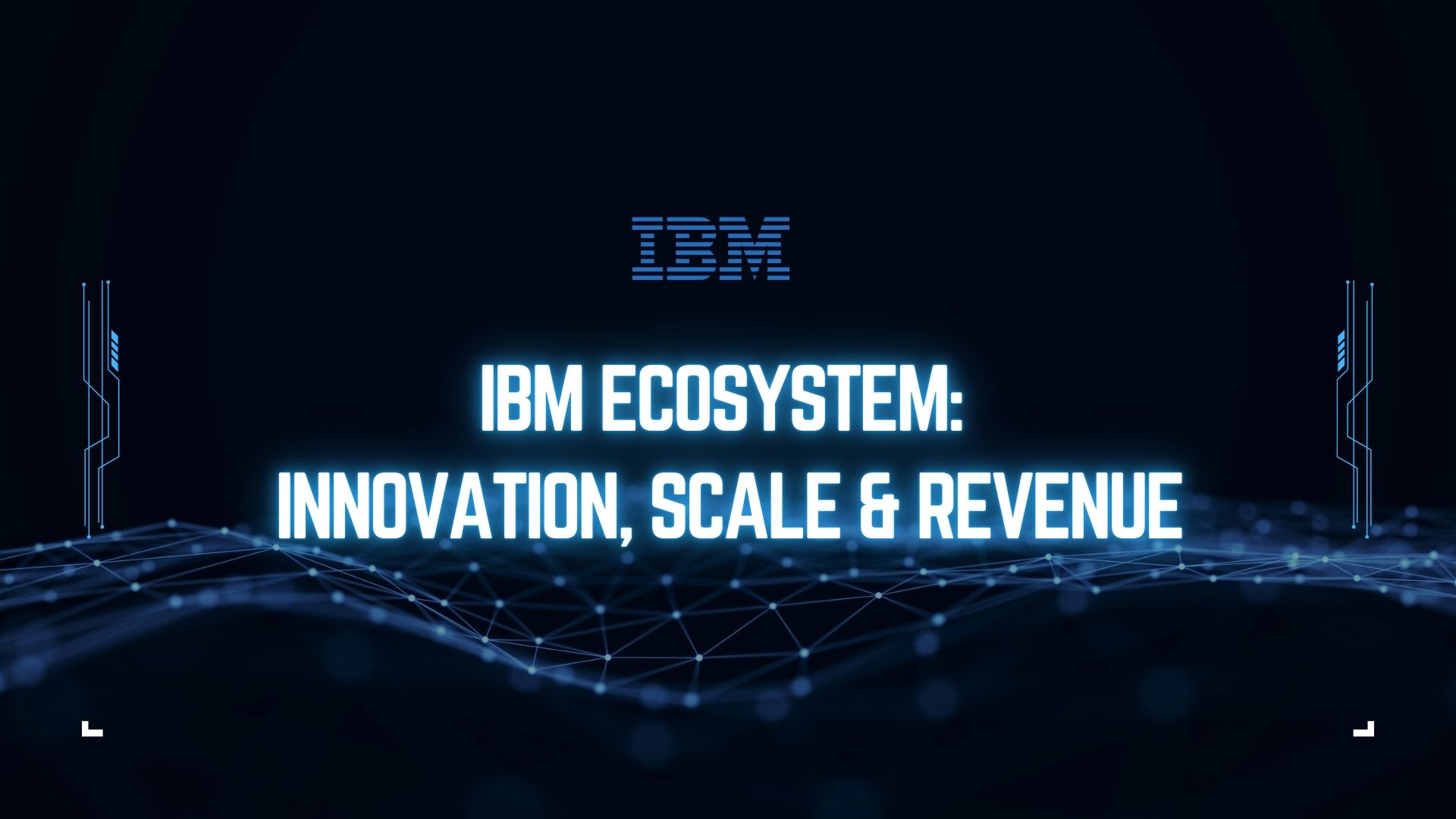The construction industry faces numerous challenges that demand innovative solutions. CPLEX and mathematical optimization enable construction companies to approach decision-making, resource allocation, and project management as efficiently as possible. This blog explores how these advanced techniques are addressing key industry pain points and delivering substantial benefits to businesses willing to embrace them.
Understanding CPLEX and Mathematical Optimization
Before diving into specific applications, it’s crucial to understand what CPLEX and mathematical optimization entail. CPLEX is a high-performance mathematical programming solver developed by IBM. It’s designed to tackle complex optimization problems quickly and efficiently. Mathematical optimization, also known as mathematical programming, decision optimization, or decision intelligence, is the selection of the best element from a set of available alternatives, given certain constraints and objectives.
In the context of the construction industry, these tools allow companies to make data-driven decisions that optimize various aspects of their operations, from resource allocation to project scheduling and beyond.
Challenges in the Construction Industry and Optimization Solutions
Project Scheduling and Resource Allocation
One of the most significant challenges in construction is effective project scheduling and resource allocation. Delays and inefficiencies can lead to cost overruns and missed deadlines, which can severely impact a company’s reputation and bottom line.
CPLEX and mathematical optimization can address this challenge by creating optimal project schedules that consider numerous variables simultaneously. These variables might include resource availability, task dependencies, material delivery timelines, and even weather forecasts. By inputting these factors into a mathematical model, CPLEX can generate a schedule that minimizes project duration while maximizing resource utilization.
From a technical standpoint, this involves formulating the problem as a mixed-integer programming (MIP) model. Variables might represent the start times of different tasks, with constraints ensuring that precedence relationships are respected and resource limits are not exceeded. The objective function could be set to minimize the project makespan or to balance resource usage across the project timeline.
On the business side, implementing such a system can lead to significant improvements in project delivery times and resource efficiency. Companies can bid more accurately on projects, reduce overtime costs, and improve client satisfaction through more reliable completion dates.
Supply Chain Optimization
The construction industry relies heavily on complex supply chains, and managing these effectively can be a major challenge. Issues such as material shortages, transportation delays, and inventory management can all impact project timelines and costs.
Mathematical optimization can help by creating models that optimize the entire supply chain network. These models can determine the best suppliers to use, optimal inventory levels to maintain, and the most efficient transportation routes.
Technically, this might involve using network flow models or multi-echelon inventory optimization techniques. CPLEX’s ability to handle large-scale linear and non-linear problems makes it particularly suited to tackling these complex supply chain challenges.
From a business perspective, optimizing the supply chain can lead to reduced material costs, lower inventory holding costs, and fewer project delays due to supply issues. This can significantly improve a company’s competitiveness and profitability.
Bid Optimization
Construction companies often struggle with determining the optimal bid for a project. Bid too high, and you risk losing the contract; bid too low, and you may win the project but at the cost of profitability.
Mathematical optimization can help by creating models that consider factors such as project costs, competitor behavior, market conditions, and the company’s current workload. These models can suggest optimal bid prices that balance the likelihood of winning the contract with potential profitability.
Technically, this might involve using stochastic optimization techniques to account for uncertainties in costs and competitor behavior. CPLEX’s ability to handle complex non-linear problems makes it well-suited to this task.
For businesses, bid optimization can lead to higher win rates on profitable projects and reduced instances of unprofitable contracts. This can have a significant impact on a company’s overall financial performance.
Workforce Planning and Scheduling
Effective workforce management is crucial in the construction industry, where labor costs often represent a significant portion of project expenses. Challenges include assigning the right workers to the right tasks, managing shift schedules, and balancing workloads.
Mathematical optimization can address these challenges by creating models that consider factors such as worker skills, availability, labor laws, and project requirements. These models can generate optimal workforce schedules that maximize productivity while minimizing labor costs.
From a technical perspective, this often involves using integer programming models, where variables represent worker assignments to specific tasks or shifts. Constraints ensure that all required tasks are covered, worker preferences are considered where possible, and labor regulations are adhered to.
For businesses, optimized workforce planning can lead to increased productivity, reduced overtime costs, and improved worker satisfaction. It can also help companies better manage their human resources across multiple projects.
Equipment Utilization and Maintenance
Construction companies often struggle with optimizing the use and maintenance of their expensive equipment. Inefficient utilization can lead to unnecessary rental or purchase costs, while poor maintenance scheduling can result in unexpected breakdowns and project delays.
Mathematical optimization can help by creating models that optimize equipment allocation across projects and schedule preventive maintenance in a way that minimizes disruption to operations.
Technically, this might involve using a combination of integer programming for equipment allocation and scheduling algorithms for maintenance planning. CPLEX’s ability to handle large-scale combinatorial problems makes it well-suited to tackling these complex equipment management challenges.
From a business perspective, optimized equipment management can lead to reduced equipment costs, improved utilization rates, and fewer unexpected breakdowns. This can significantly impact a company’s operational efficiency and project profitability.
Need CPLEX Training? Enroll for
Potential ROI and Benefits
The implementation of CPLEX and mathematical optimization in the construction industry can yield substantial returns on investment. While the exact ROI will vary depending on the size of the company and the specific challenges being addressed, some general benefits include:
- Cost Reduction: By optimizing resource allocation, supply chains, and equipment utilization, companies can significantly reduce their operational costs. Some companies should see cost savings of up to 15-20% on large projects.
- Improved Project Delivery: Optimized scheduling and resource allocation can lead to faster project completion times. This not only improves client satisfaction but can also allow companies to take on more projects, increasing revenue.
- Enhanced Competitiveness: The ability to bid more accurately and manage projects more efficiently can give companies a significant competitive edge in the market.
- Risk Mitigation: By using optimization techniques to better understand and plan for various scenarios, companies can reduce their exposure to risks associated with project delays, cost overruns, and resource shortages.
- Improved Decision Making: Mathematical optimization provides data-driven insights that can inform better strategic decisions at all levels of the organization.
- Sustainability Improvements: Optimization can lead to more efficient use of resources and reduced waste, contributing to a company’s sustainability goals.
While the initial investment in implementing these systems can be significant, many companies find that the benefits far outweigh the costs. It’s not uncommon for construction firms to see a return on their investment within the first year of implementation, with ongoing benefits accruing over time as the systems are refined and expanded.
Cresco International: Your Partner in Construction Optimization
As we’ve explored the numerous ways in which CPLEX and mathematical optimization can revolutionize the construction industry, it becomes clear that implementing these solutions requires expertise and experience. This is where Cresco International, an IBM trusted partner and consulting firm specializing in decision optimization, comes into play.
Cresco International brings a wealth of knowledge and practical experience in developing customized decision optimization solutions for businesses across various industries, including construction. Their team of experts understands both the technical intricacies of CPLEX and mathematical optimization and the unique challenges faced by the construction industry.
When working with construction companies, Cresco International takes a holistic approach to problem-solving. They begin by conducting a thorough analysis of the company’s current processes, identifying pain points and areas for improvement. This initial assessment allows them to tailor their solutions to the specific needs of each client.
One of the unique aspects of Cresco International’s approach is their commitment to ongoing support and optimization. They don’t just deliver a solution and walk away; instead, they work with their clients over the long term to continually refine and improve the optimization models. As the client’s business evolves and new challenges emerge, Cresco International helps adapt the optimization solutions to meet these changing needs.
By partnering with Cresco International, construction companies gain access not just to advanced technological solutions, but to a team of experts who understand their industry and are committed to their success. Whether it’s optimizing project schedules, improving supply chain efficiency, or enhancing workforce planning, Cresco International has the expertise to develop and implement solutions that drive real business value.
In an industry where margins can be tight and competition fierce, the competitive advantage provided by Cresco International’s optimization solutions can be the difference between thriving and merely surviving. As the construction industry continues to evolve and face new challenges, having a partner like Cresco International can ensure that companies are always at the forefront of innovation and efficiency.
Want to Buy CPLEX? Visit
Conclusion
The construction industry stands at a crossroads, facing numerous challenges that traditional approaches struggle to address effectively. CPLEX and mathematical optimization offer a powerful set of tools that can transform how construction companies operate, leading to significant improvements in efficiency, profitability, and competitiveness.
While the technical aspects of implementing these solutions can be complex, the business benefits are clear and substantial. From optimized project scheduling and resource allocation to improved supply chain management and strategic bidding, the applications of mathematical optimization in construction are wide-ranging and impactful.
As we’ve seen, partnering with experts like Cresco International can make the journey to optimization smoother and more successful. Their deep understanding of both the technology and the industry ensures that solutions are not just theoretically sound, but practical and effective in real-world applications.
For construction companies looking to stay ahead in an increasingly competitive and complex industry, embracing CPLEX and mathematical optimization is not just an option—it’s becoming a necessity. The potential for improved efficiency, reduced costs, and enhanced decision-making makes these tools invaluable assets in the modern construction landscape.
As we look to the future, it’s clear that those companies that successfully leverage these advanced optimization techniques will be best positioned to thrive, delivering projects more efficiently, managing resources more effectively, and ultimately, building a stronger, more resilient business in the face of whatever challenges the future may hold.











